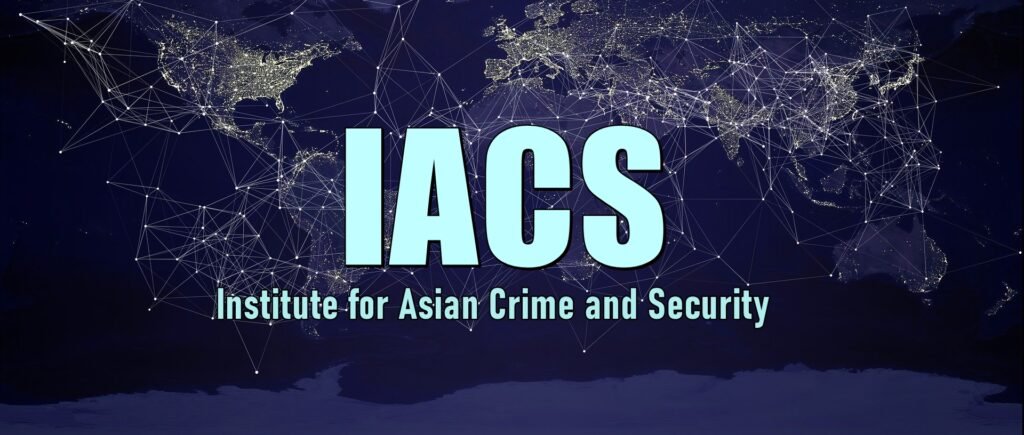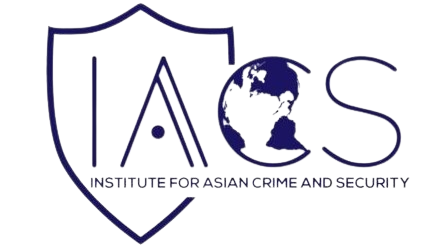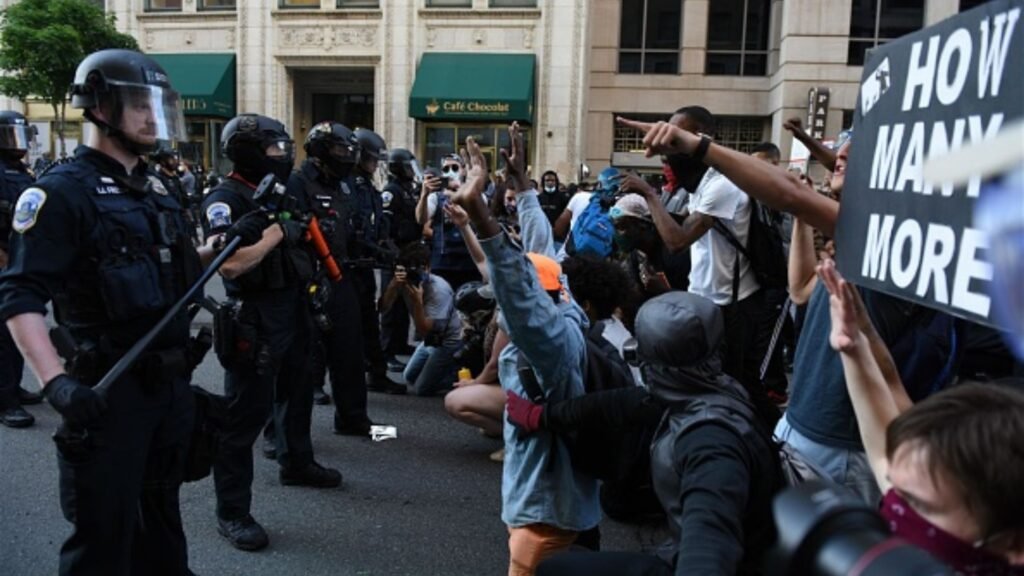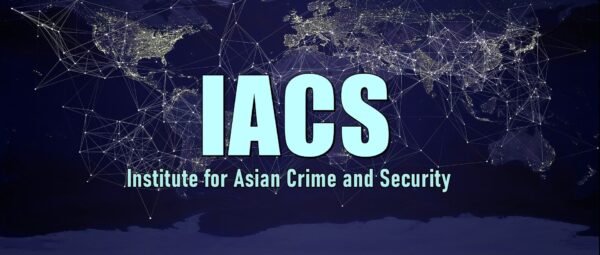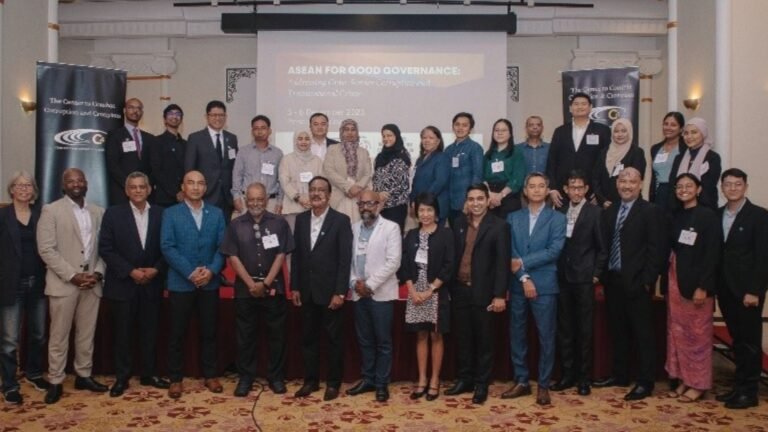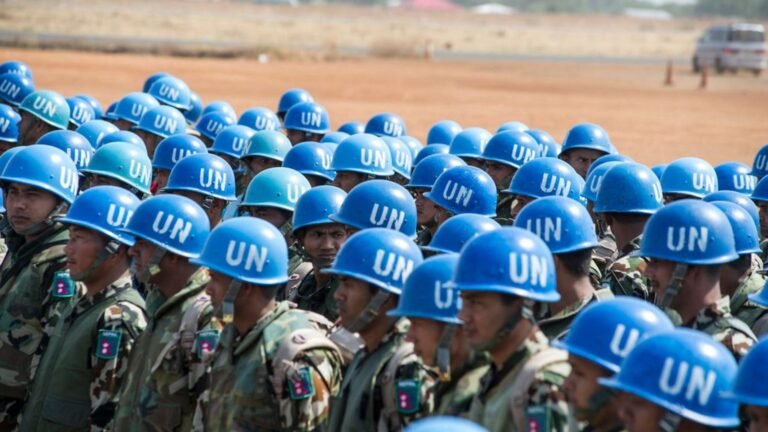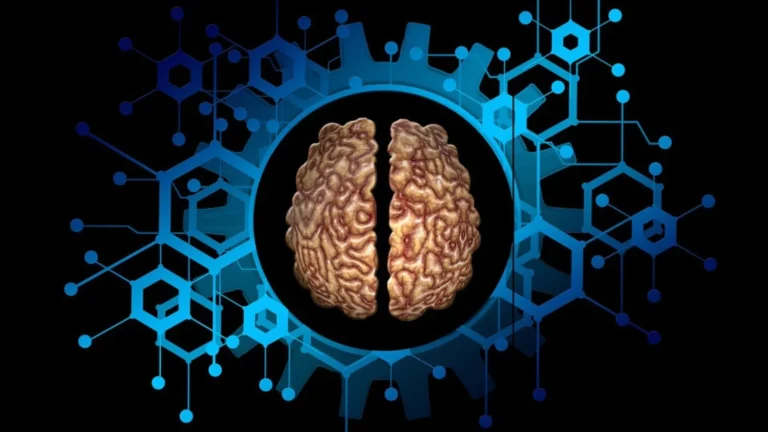The Origins of Conflict
For many law enforcement agencies, the emergency response landscape has been drastically modified within a relatively short period of time. These changes and events have had a significant impact on police response, how policing is conducted (tactics, techniques, and procedures, or TTPs), and police-community relations. Traditional time worn methods and procedures no longer apply, and many officers are fearful of their reputations and even their lives. Many in the community currently look upon the police with derision and disdain. How did we get to this point and what can be done to reduce the tension? These are the focus points of this particular article. Please bear in mind, however, that while certain improvements can be made, given the complexity of the situation, there exists no fix-quick, silver bullet solution. Complex problems require complex solutions.
The problem we are presently encountering is not a national, or even regional one, it is global in its dimensions. When considering the problem, it might be useful to instrumentalize Newton’s third law of motion for our purposes, which formally states that, for every action there is an equal and opposite reaction. Bearing this in mind more forceful, response-led policing, such as was witnessed in various events of civil unrest in general, and during the Covid event in particular, have led to vociferous, forceful, and even sometimes deadly responses on the part of the public.
Public trust in law enforcement is the golden key to intracommunity relations. This may be best characterized using the formula Big “T” = Big “R.” In essence, public trust flows from public respect and vice versa. In other words, if the reputation of the police is tarnished, then there exists little public trust. By the same token, if there is little public trust, then the reputation of the police organization is in grave danger. It would be no exaggeration to say that this trust has been in constant decline for several years running and in many places was completely lost in the face of violent police response during the Covid response. The heavy militarization of the police has also contributed strongly to a retrenchment mentality and the social division between us and them.
In the United States, the death of George Floyd sparked racial tensions, not seen since the beating of Rodney King in Los Angeles on March 3, 1991. Floyd’s death resulted in widespread chaos, looting, and destruction, accompanied by calls for disbanding of the police. The officers themselves were targeted and law enforcement response levels dropped to an all-time low due to the situation. This trend has continued following any incident that remotely resembles the Floyd case.
The police in Victoria, Australia were granted “extraordinary powers,” (Davey, 2020), some would say zealous and overreaching powers during the Covid event, with very little oversight and many excesses recorded. Relatedly there were reports and disturbing film footage of heavy-handed and unnecessary brutality on the part of some officers. Australian misconduct was particularly notorious in this regard but was not, by any means, isolated. In fact, it was well known and documented that such excesses were occurring. The Victoria Police Deputy Commissioner Shane Patton, in an internal memo, commented (Mazzoni, 2020) that “the inconsistency in the enforcement of lockdown laws is causing the public to lose trust in the police force.”
Reports soon surfaced from afar afield as South Africa, Asia, and South America. Some notable violations were witnessed also in Canada, New Zealand, Kenya (Police Brutality During Curfew), the U.K., the U.S., France, the Netherlands, Belgium, and other states, which chose to adopt similar unethical practices and commit similar violations of human rights, with some even resulting in death. Police brutality under the guise of emergency measures also negatively impacted populations in the poorest nations such as the Philippines (Corpuz, 2021).
Explanatory Variables
Part of the problem lies in the increased independence of the individual and a greater focus on individual rights as opposed to the responsibility and obligations to the collective. In more collectivist societies such as Sweden and Japan, such violence is far less frequent. Social media has also played a significant contributing role in dismembering attitudes to social responsibility. In the virtual world anything goes, and it sometimes appears that this also extends to real life. Additional variables include the widely expanded use of cell phones to record police activity combined with the exploitation of social media and digital outlets to not only spread recorded incidents of abuse, but also to manipulate and disseminate rumors. Recorded instances of abuse by police spread farther and more rapidly than ever before.
A few Egregious Examples
In one instance (Dunstan, 2020) involving the Victoria Police, in Australia, a man suffering a bipolar mental episode, during the Covid event, was run down by a responding police vehicle. He was subsequently violently kicked, and had his head brutally stomped upon, so severely that he had to be placed in an induced coma. While an investigation was conducted, the watchdog found (Tran, 2021) no evidence of wrongdoing, and that police acted in a lawful manner. If such events do not shake confidence in the law enforcement nothing will. Of course, there should have been parallel training in response to mental health issues, given the obvious repercussions that lockdowns, curfews, quarantines and the restrictions of human freedoms would bring about. Poor planning at best, negligent incompetence at worst. Responding to mental health issues and their attendant crises have been an escalating problem faced by many forces and adequate training has been sorely lacking. A few other examples of poor policing may be found relating to elderly lady arrested, or pregnant woman arrested and cuffed, or the heavy handed tactic witnessed here woman in severe panic. Clearly the message of deputy commissioner Patton appears to have fallen on deaf ears. Of course, is goes without saying that not all officers abuse their power and that it is, thankfully, the exception rather then the rule. This being said, there exists a knock-on effect when accountability is lacking, and other officers witness abuse being doled out with impunity or without any attendant consequences. It only takes one officer to abuse that power to infect and their organization and blemish the reputation of others.
Where is the Exit?
While the available research regarding police response and community intervention during public health emergencies (PHEs) is rather thin on the ground, Laufs and Waseem (2020), presented a meta-analysis of 72 different studies focusing on four points: police-community relations, the mental health and wellbeing of officers, intra-organizational challenges, as well as inter-agency collaboration and cooperation. It is their first variable, which relates most closely to the topic at hand. Insightfully, their analyses of the existing literature “… suggests that practices and responses that result in the criminalisation of communities and civilians affected by a virus – such as COVID-19, hamper containment efforts and hurt public compliance, leading to resistance against the police (Laufs & Waseem, 2020, p. 4).” It also appears, according to several related studies that when it comes to the abuse of power, certain socioeconomically disadvantaged segments of the community such as racial minorities are disproportionately targeted for said abuse, and this inevitably results in direct confrontation and conflict.
Obviously excessive and brutal force is unacceptable in normal times of operation, this is even more important during an event such as a PHE. The cocktail of fear (for some) extended powers, and a corresponding lack of accountability, have combined to erode public trust in law enforcement. Once such trust is lost public cooperation dwindles and it takes much longer to reestablish that lost ground. The Rodney King shadow still haunts LAPD’s reputation to the present day. Most of the responses to these dilemmas, surprisingly, are relatively obvious and straight forward. Less abuse, better training and selection, greater accountability, and above all far greater communication between the police and the community. By increasing the aggressivity of officers and arming them for battle, there will be a corresponding exacerbation of tensions, inevitably resulting in increased conflict and confrontation.
Conclusion
If law enforcement agencies wish to garner the respect and support of the public, they first need to earn their trust. This is easier said than done. A soiled reputation does not come out in the wash. The components for fair and equitable policing consist of effective leadership, carefully planned and proportionate response, maximum accountability, timely and empathetic communications, and comprehensive situational training.
In order to heal the wounds and psychosocial damage created during the pandemic, it is incumbent of law enforcement agencies to step back and make an honest appraisal of their response, from the view of the public and to take responsible action in the case of misconduct. The public has a long memory. Communication, which includes effective listening, is also imperative. Establishing committees to oversee this process composed of both law enforcement personnel and members of the community would open a door to understanding, communication and reconciliation. Failure to do so will result in the continued degradation of police community relations and a stagnation in response to calls for assistance.
References
Corpuz J. (2021). ‘Pandemic within a pandemic’: a call to end police brutality. Journal of public health (Oxford, England), fdab250. Advance online publication. https://doi.org/10.1093/pubmed/fdab250.
Davey, M. L. (2020, August 4). Victoria police given ‘extraordinary powers’ to enforce Covid-19 restrictions. Retrieved from Theguardian.com: https://www.theguardian.com/australia-news/2020/aug/04/victoria-police-given-extraordinary-powers-to-enforce-covid-19-restrictions.
Dunstan, J. (2020, September 14). Man stomped on during police arrest in Melbourne’s north in induced coma, lawyer says. Retrieved from www.abc.net.au: https://www.abc.net.au/news/2020-09-14/arrest-to-be-examined-by-victoria-police-professional-standards/12661334.
Kenya: Police Brutality During Curfew. (2022, April 22). Retrieved from https://www.hrw.org: https://www.hrw.org/news/2020/04/22/kenya-police-brutality-during-curfew
Laufs, J., & Waseem, Z. (2020). Policing in pandemics: A systematic review and best practices for police response to COVID-19. International journal of disaster risk reduction: IJDRR, 51, 101812. https://doi.org/10.1016/j.ijdrr.2020.101812
Mazzoni, A. (2020, April 14). From that ‘illegal’ driving lesson to a 2am car wash crackdown: Top cop warns police they will lose public support if they keep going too far in enforcing social isolation rules. Retrieved from www.dailymail.co.uk: https://www.dailymail.co.uk/news/article-8215931/Police-warn-lose-public-support-going-far-enforcing-social-isolation.html.
Rahn, J. (2021). Community‐oriented policing during the COVID‐19 pandemic. Campus Security Report, 17(9), 1–7. https://doi-org.ezproxy1.apus.edu/10.1002/casr.30734.
Tran, D. (2020, July 16). Watchdog finds Victoria Police acted lawfully when head-stomping mentally ill man during arrest. Retrieved from https://www.abc.net.au: https://www.abc.net.au/news/2021-07-16/ibac-victoria-police-head-stomping-man-lawful-during-arrest/100300056.
Featured Image Credit: China News Service via Getty Images
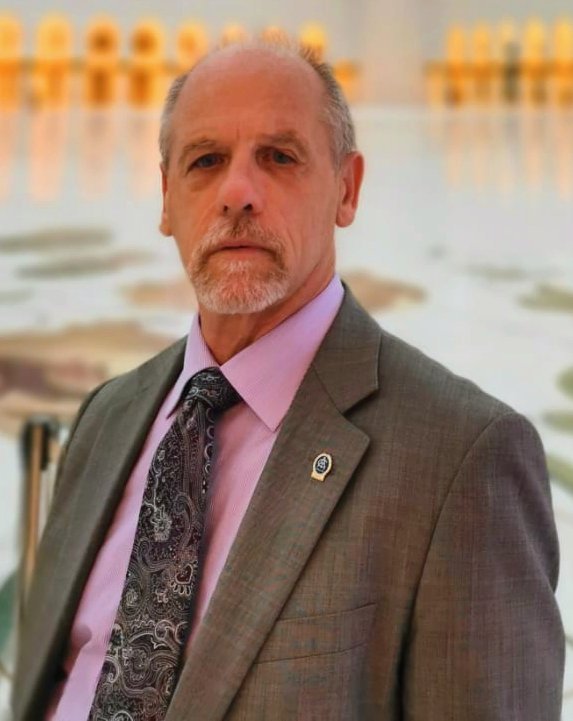
Dr. James P. Welch holds a Ph.D. in international criminal law from Leiden University. Dr. James has worked in police, military, and intelligence services for over 50 years. He is a sworn translator/interpreter for the Belgian Federal Police and an Essential Functions Officer (EFO) for the U.S. Department of Defense. Dr,. Welch is currently an adjunct professor with Rabdan Academy in the UAE.
